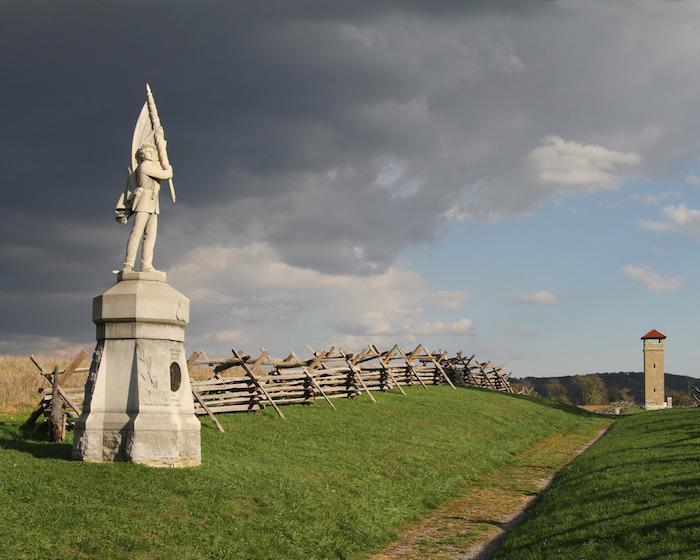Senate Approves FY19 Funding For Interior Department, Boosts National Park Service Maintenance Budget
By Kurt Repanshek on August 2nd, 2018 National Parks Traveler
A Senate appropriations bill would provide extra funds for the National Park Service to address backlogged maintenance work, such as repairing this wall at San Francisco Maritime National Historic Site/Rita Beamish
Funding that could help the National Park Service make significant progress on its nearly $12 billion maintenance backlog was included Wednesday when the U.S. Senate approved a Fiscal 2019 appropriations bill for the Interior Department.
The catch is that the funding measure passed by the House of Representatives, which is taking the month of August off, is significantly different and forces the two chambers to appoint a conference committee to resolve the differences, it that's possible.
“We’re really pleased that the Senate was able to keep damaging policy provisions out of the bill, because the House has a number of them that are concerning in regard to clean air, water and wildlife," said John Garder, the fiscal specialist for the National Parks Conservation Association. “We hope that as appropriators go to conference they keep those damaging provisions out. We commend the increases for the Park Service, but hope that appropriators can build on that because the Park Service still has a lot of needs that are not being met.”
As passed by the Senate on Wednesday, the measure calls for a $13.1 billion budget for the Interior Department for the coming fiscal year, which starts October 1. Within that $13.1 billion is $565.6 million to address deferred maintenance across the National Park System, according to NPCA. Funding for deferred maintenance in the Park Service's current budget is $545.2 million, the advocacy group said.
U.S. Sen. Lamar Alexander, a Tennessee Republican who claims half of Great Smoky Mountains National Park in his state, said the measure will help pay for needs in park campgrounds, trails, and roads. The Congress can double down on that commitment by passing the Restore our Parks Act, a bipartisan measure that would provide up to $6.5 billion over five years to address the maintenance backlog. That money would come from 50 percent of all oil and gas royalty revenues that are not otherwise allocated and deposited into the General Treasury, not to exceed $1.3 billion each year for the next five years.
“It is my hope the Senate soon takes the next step and passes our bipartisan legislation to help restore and rebuild our national parks by cutting in half the $11.6 billion maintenance backlog and would do more to restore national parks than anything that has happened in the last half century," said Sen. Alexander.
According to Sen. Alexander's staff, the FY19 Department of the Interior, Environment, and Related Agencies funding bill provides:
* $13.1 billion for the Department of the Interior, which includes the National Park Service and the U.S. Fish and Wildlife Service.
* $425 million for the Land and Water Conservation Fund.
* $3.2 billion for the National Park Service.
* $825 million for National Park Service facilities operation and maintenance and $364 million for National Park Service construction.
* $63 million for the Water Infrastructure Finance and Innovation Act, which provides loans for water and wastewater infrastructure projects.
The House measure passed last month by that chamber cuts $100 million from the EPA budget, prevents listing of sage grouse as an endangered species, orders the U.S. Fish and Wildlife Service to remove wolves in the 48 coterminous states from Endangered Species Act protections, and would provide the Park Service wth an extra $175 million to address deferred maintenance, among other things.











